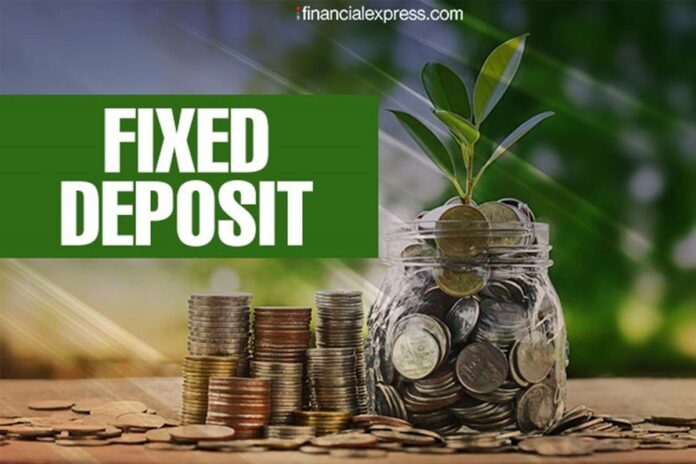Fixed deposits have traditionally been a popular choice since they offer guaranteed returns and are low risk. There are two sorts of fixed deposits, the most well-known of which banks offer with reduced risks. The other option is corporate fixed deposits, which provide high-interest rates but carry far more significant risks than bank fixed deposits. It has been observed that investors are very clear about the profits of FDs, but the hazards connected with FDs are less evident. As a result, the article focuses on the dangers involved with investing in fixed deposits:
Risk of Liquidity: Although it is widely acknowledged that a fixed deposit facilitates the availability of funds, not all fixed deposits have high liquidity. For example, a tax saver FD has a five-year lock-in term, which means the investor cannot liquidate the funds before maturity. Furthermore, suppose a particular bank does not offer online liquidation. In that case, the individual may be required to visit the branch and fill out the documentation to liquidate funds from their fixed deposits.
Default Risk: There have been occasional incidents of defaults by tiny cooperative banks; in situations like these, investors are typically vulnerable. According to a new law, investors can have up to Rs. 5 lakh in deposit insurance per account, but any amount above this is exposed to default risk.
Inflation Risk: It is an unspoken truth that inflation impacts all investments, raising the risk. For example, if a savings account pays 8% interest and the current inflation rate is 6%, the real gains are only 2%. Although the interest rate on FDs is constant and has no effect on market fluctuations, the actual returns increase or decrease the following inflation.
High Taxation: Fixed deposit interest earnings may be entirely taxable unless you are over 60, in which case Section 80 TTB exempts up to Rs. 50,000. Your interest earnings are combined with your income and taxed according to your tax bracket. As a result, if you pay 30% tax, a 7% FD may only provide you with 4.9 per cent earnings, which are further reduced by growing inflation.
Reinvestment Risk: To begin discussing this risk, consider the following scenario: What happens after an FD matures? As a result, when a fixed-term deposit matures, an investor has two options: remove the money or extend the FD.
Investors can only get new FDs at the present rate. You won’t be able to reinvest the money profitably, jeopardizing your long-term financial goals. Even if the article discusses fixed deposit dangers, investors should remember they are an excellent long-term income source. The scheme’s risks are lower than alternatives. Invest in the programme after researching the market and system.
Follow and connect with us on Facebook, LinkedIn & Twitter.

